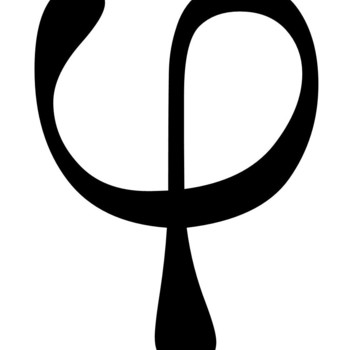Let's rewrite #lnx/x^2# as #x^-2lnx.# If we have a positive exponent in the denominator, we can move the term up to the numerator and in turn make the exponent negative.
It's nice to avoid using the Quotient Rule where unnecessary. It saves time and work.
Using the Product Rule:
#d/dxlnx/x^2=lnx*d/dx(x^-2)+d/dx(lnx)*x^-2#
#d/dxx^-2=-2x^-3# (Power Rule)
#d/dxlnx=1/x#
Thus,
#d/dxx^-2lnx=x^-2(1/x)+(-2x^-3)lnx=x^-2/x-(2lnx)/x^3#
Simplify further:
#x^-2/x-(2lnx)/x^3=x^-3-(2lnx)/x^3=1/x^3-(2lnx)/x^3=(1-2lnx)/x^3#
For the second derivative, we'll use the quotient rule:
#d/dx(1-2lnx)/x^3=(x^3(d/dx1-2lnx)-(1-2lnx)d/dxx^3)/(x^3)^2#
#d/dx(1-2lnx)/x^3=(((-2x^3)/x)-3x^2(1-2lnx))/x^6=(-2x^2-3x^2+6x^2lnx)/x^6=(-5x^2+6x^2lnx)/x^6=(x^2(-5+6lnx))/x^6=(6lnx-5)/x^4#


